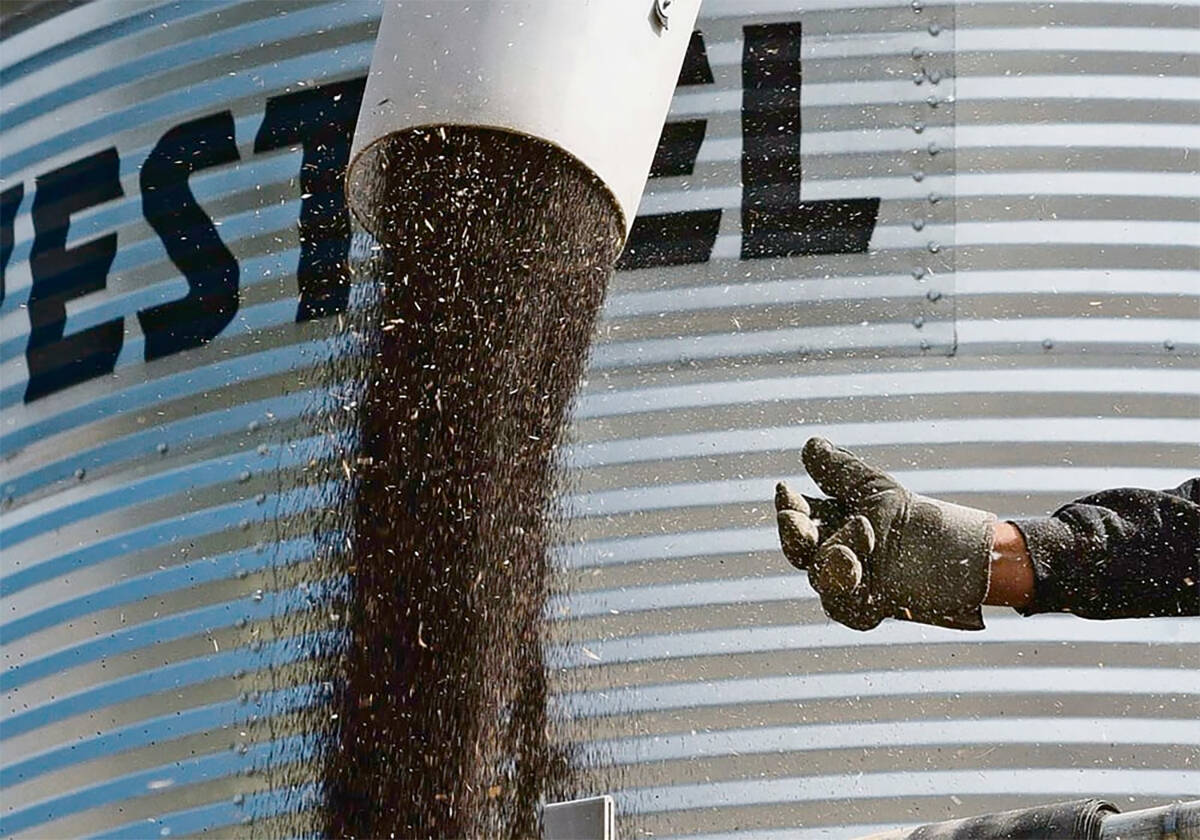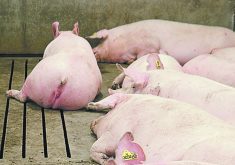Report concludes all-electronic trading has not affected the cost per trade, although pit trading did add an option value
WINNIPEG — Who were the winners and losers when Chicago shut its live trading floors for livestock futures and sent everything to the electronic world?
That’s a question two economists at the U.S. Commodity Futures Trading Commission have attempted to answer in a new article in the American Journal of Agricultural Economics.
Large futures users, which could include feedlots, lost the ability to route big and rush orders to live pit traders in 2015 when the Chicago Mercantile Exchange closed its open outcry trading floors for commodities such as live cattle and lean hogs. That upset many because some of those users didn’t like putting up major positions on the CME’s electronic platform, which can have bigger spreads online compared to in-person. Those orders can also take longer to fill, something some commercial users feel antsy about.
Read Also

Farmers urged to be grain-safe this fall
Working around grain bins comes with risk, from farmers falling to drowning in grain: Experts have five tips to help avoid grain-related accidents this harvest.
“However … pit users’ overall per contract unit execution cost, including both their pit and electronic orders, has actually declined compared to non-pit users’ by about 0.5 basis points after the live cattle and lean hog futures pits closed,” write Eleni Gousgounis and Esen Onur of the CFTC.
That appears to be because pit users were almost always also electronic platform users, so when pit trade costs and electronic trade costs pre-closing are combined and compared to post-closing trading costs, users have not seen an overall increase.
Gousgounis and Onur point out that some things were permanently lost when pit trading ended. “Locals,” which are local pit traders who mostly trade for their own small accounts and provide much live liquidity and price discovery, mostly disappeared from the market, not attempting to move over to the electronic platform.
The same happened when Winnipeg’s commodity exchange went all-electronic. Most locals disappeared.
Users have acted with caution to the electronic platform when it comes to big market orders, the economists surmise, choosing to “shred” big orders into a number of smaller orders so they are easier to fill electronically and won’t hang out unfilled for long.
Generally, the electronic program has shown itself to have lower execution costs than pit trading. However, even though some of the large market orders previously going to the pit are now being broken up and sent to the electronic program, some orders might simply not be happening at all.
All-electronic trading has not shown any major impacts on the cost-per-trade front. Locals have left and big market orders are being shredded for better performance on the electronic platform. Some users might not be using the all-electronic market at all, and some previous value in terms of fast and big trades might have disappeared.
“Our findings, coupled with findings on the value of pits in different markets, suggest pits added an option value to many customers,” write Gousgounis and Onur.
“However, we leave it to market participants and regulators to decide whether this value was large enough to warrant continuation of pits or not.”
















